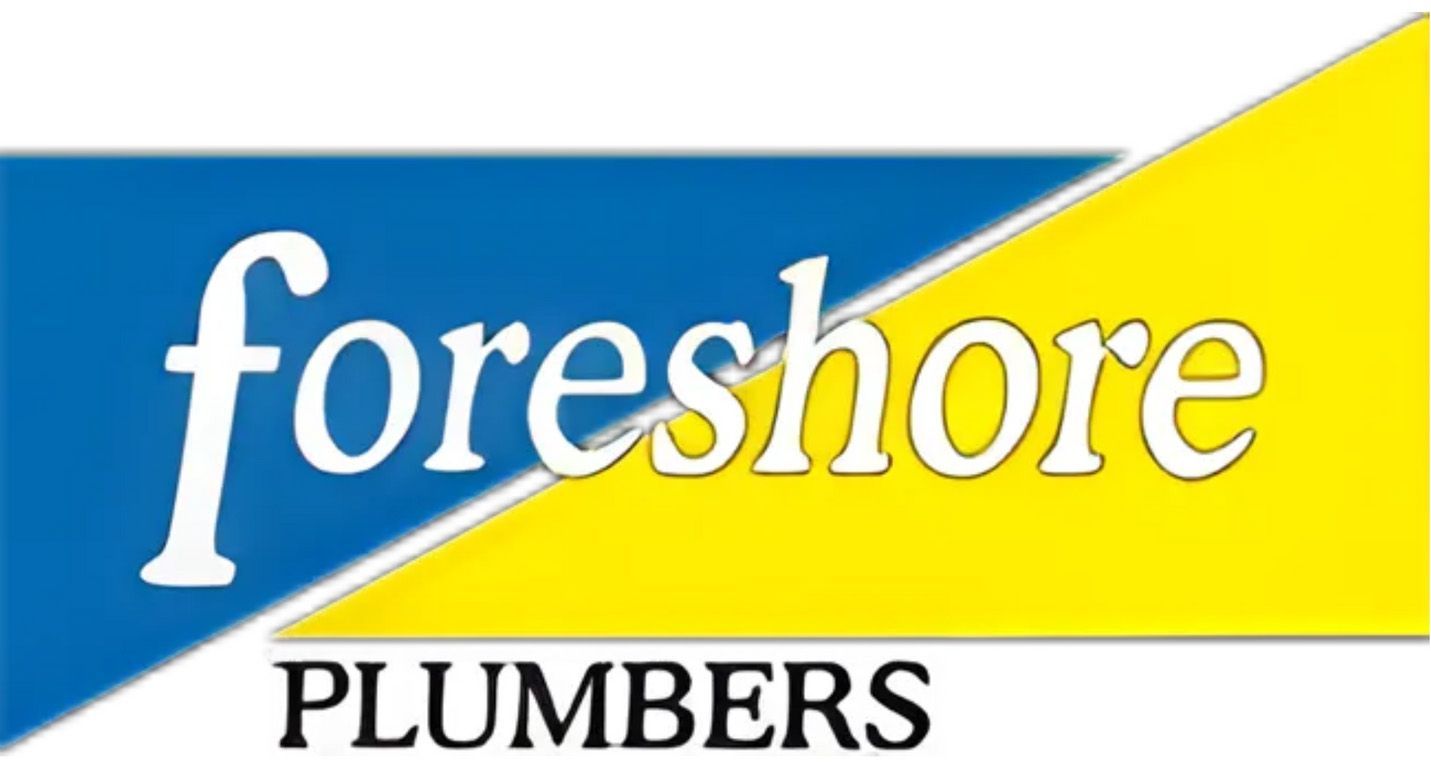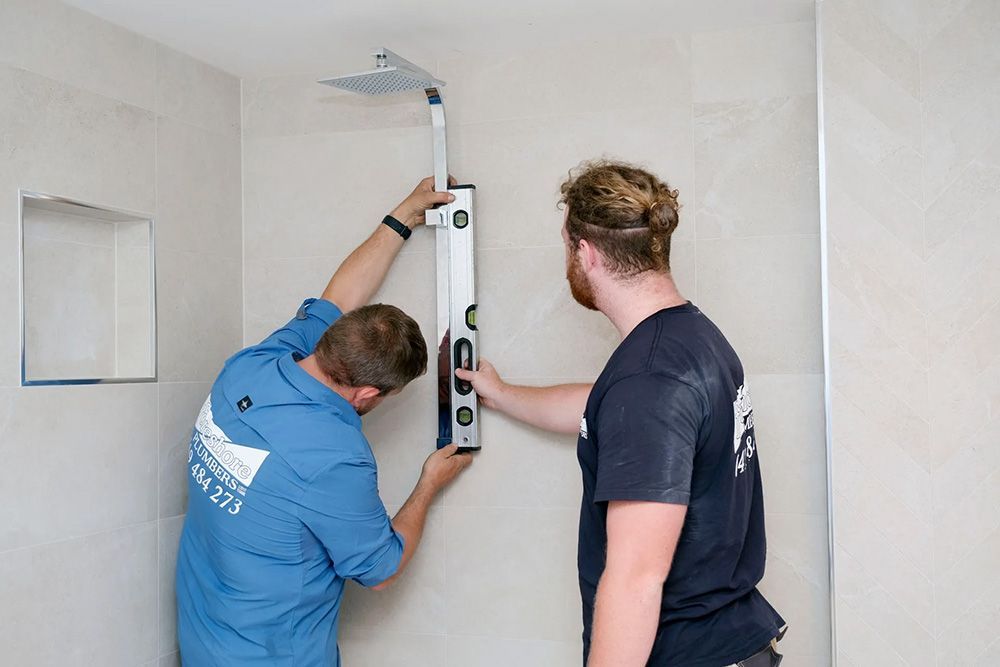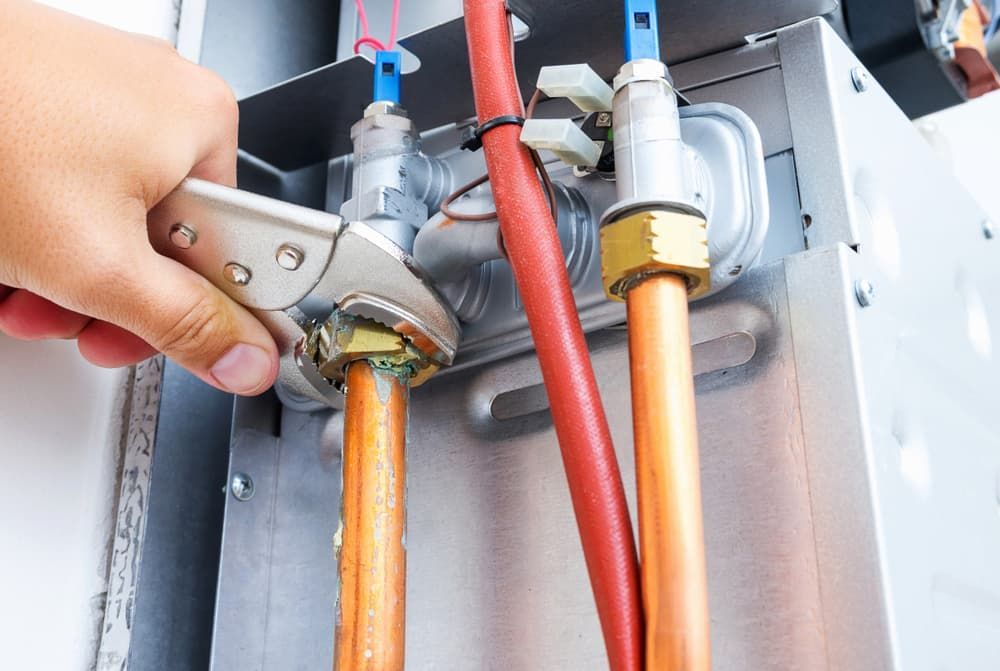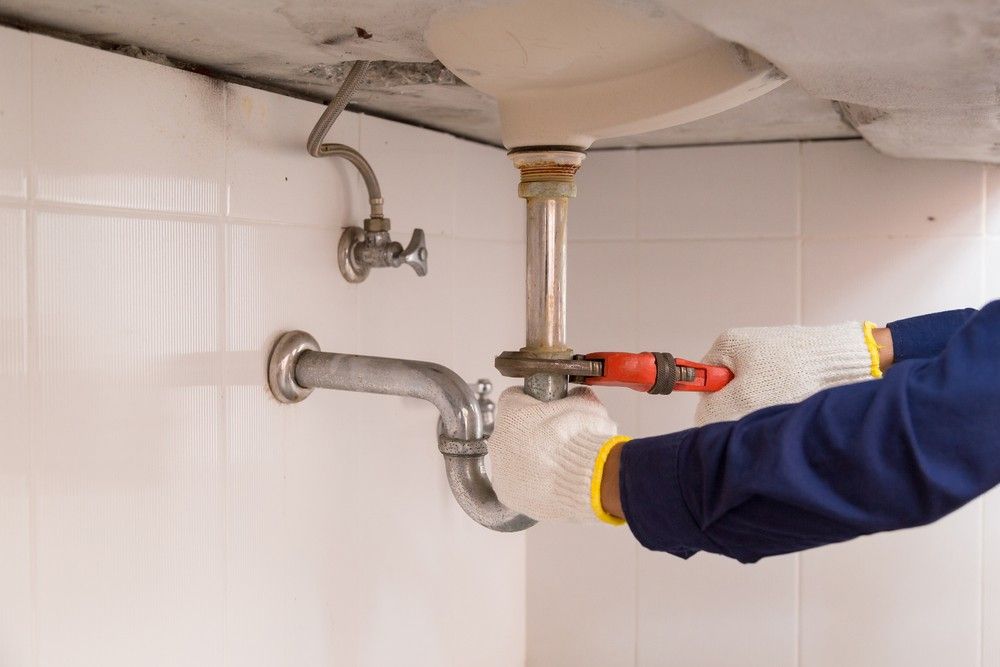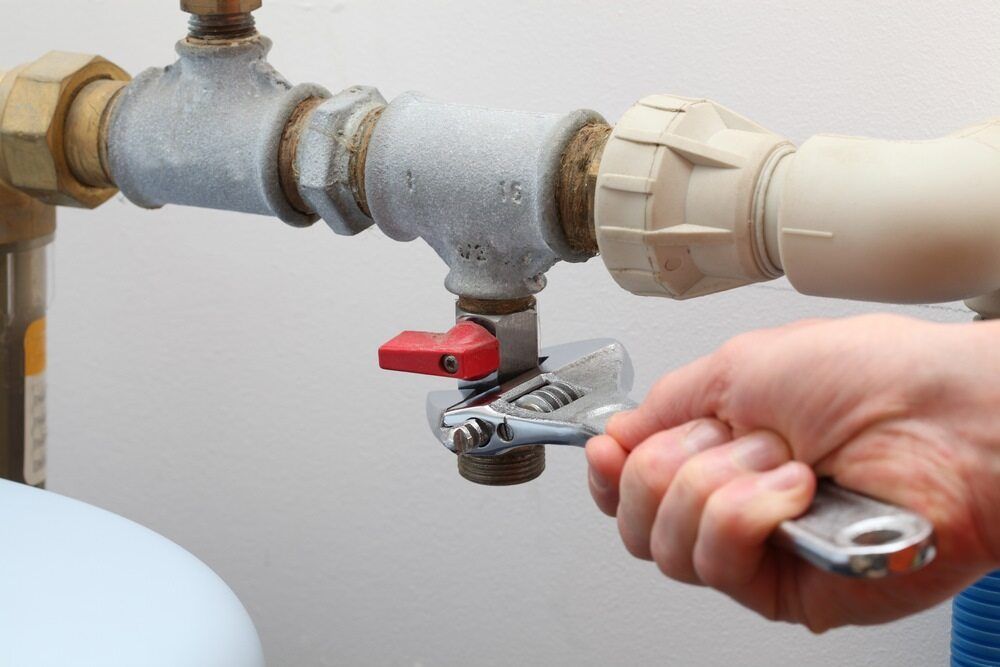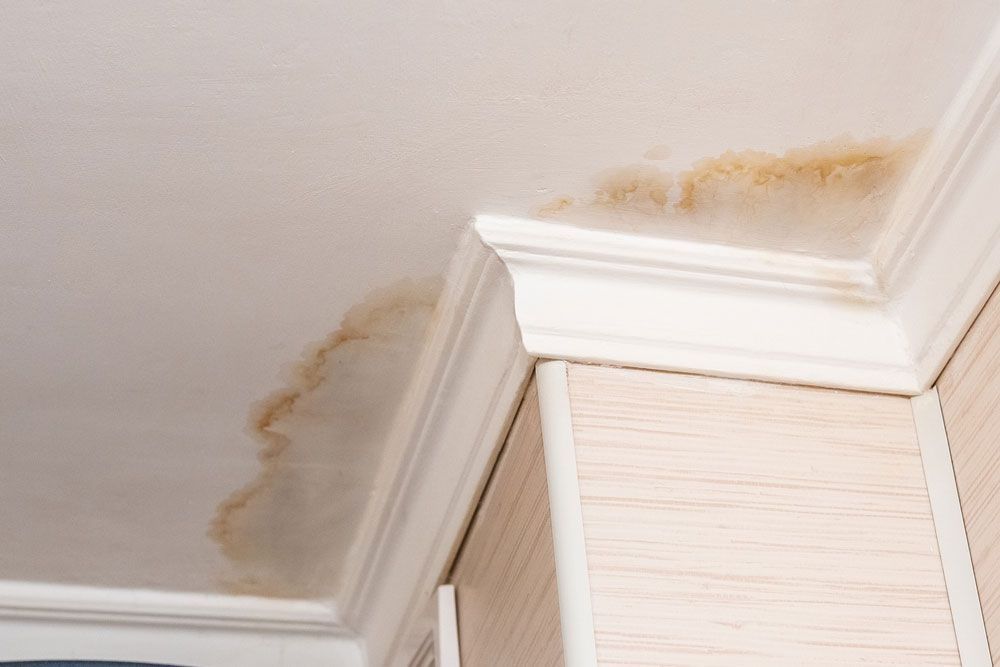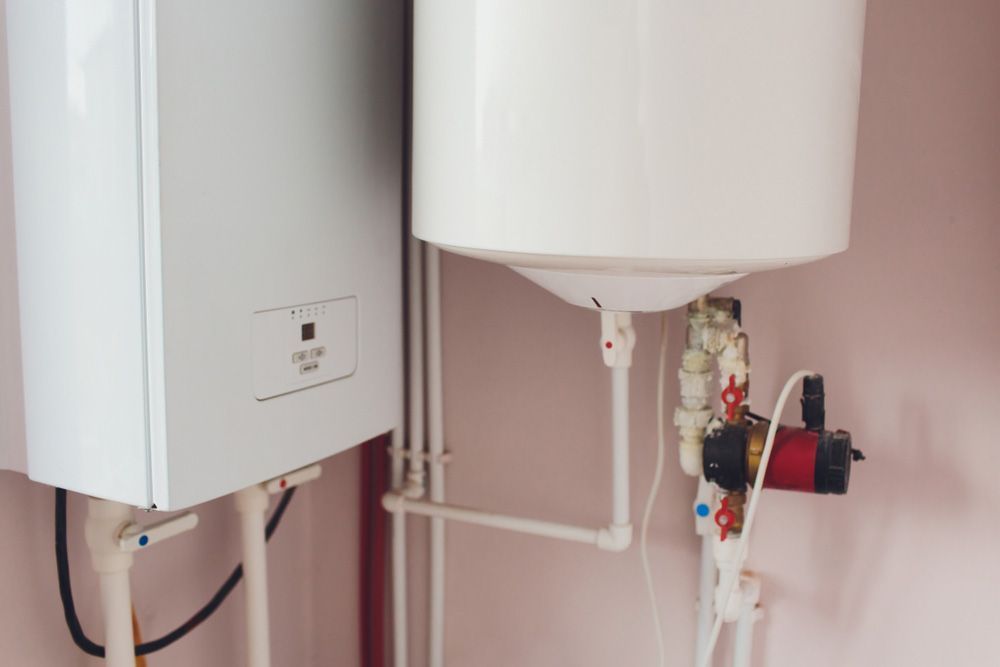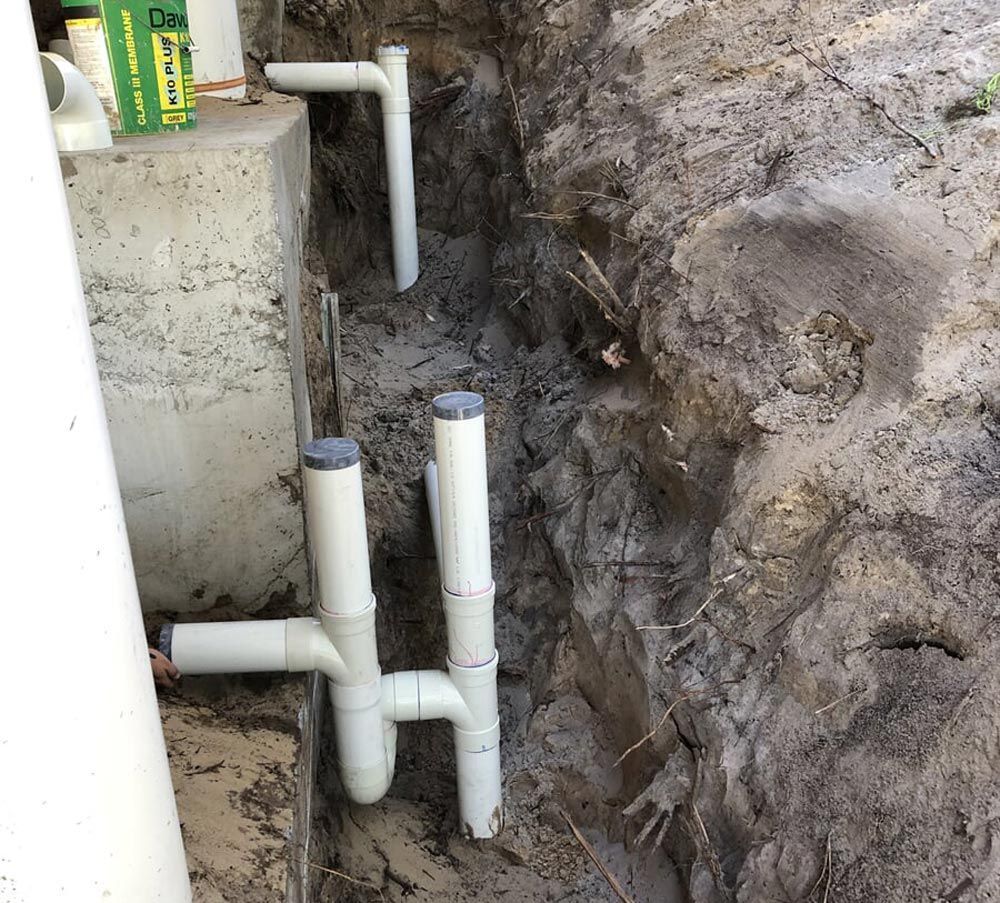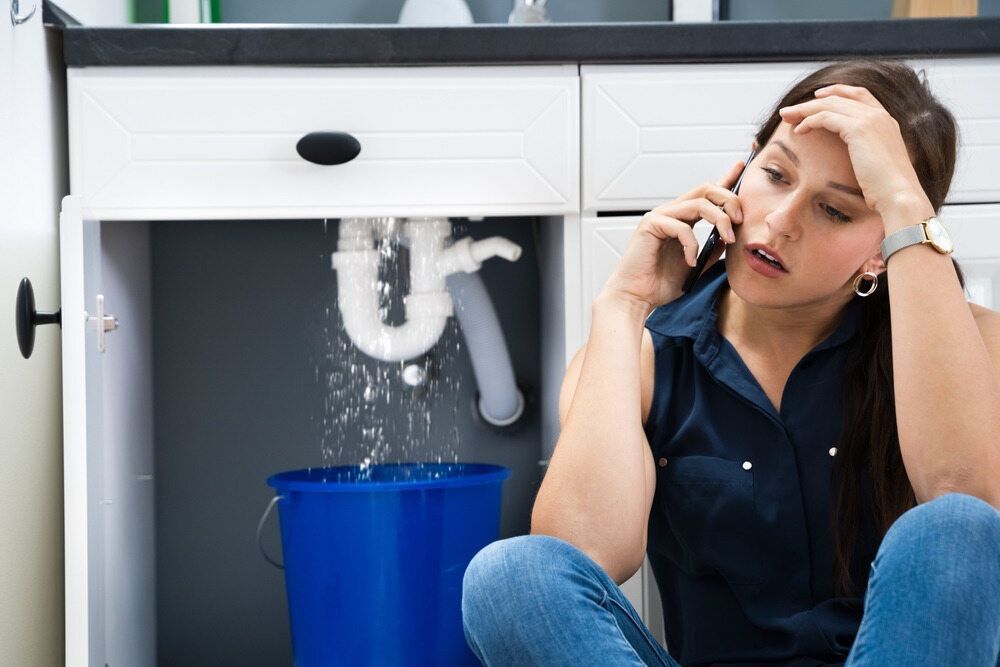Common Causes of Bathroom Drain Smells
8 Common Causes of Bathroom Drain Smells
Unpleasant odours in the bathroom are more than a minor inconvenience—they’re a sign that something deeper could be going wrong with your plumbing system. If you’ve ever wondered, " Why does my bathroom smell?" The answer often lies in a combination of common issues that develop quietly over time. Whether it's an odd stench rising from the sink, shower, or floor waste, these problems can escalate if left unaddressed.
For homeowners considering bathroom renovations in Forster, tackling these hidden culprits as part of the remodel is a wise move that can improve hygiene, eliminate odours and enhance overall functionality.
Here’s a closer look at the most frequent causes of smelly bathroom drains—and how a properly executed renovation can solve them for good.
1. Built-Up Hair & Soap Scum
The daily act of washing may seem harmless, but over time, soap residue and hair can combine into a stubborn, sticky mess inside your pipes. This gunk clings to the walls of your plumbing, collecting more grime, slowing down drainage, and eventually producing that tell-tale bathroom smell.
Signs & impact of this build-up include:
- Slow-draining sinks or showers
- A musty or rotten smell near outlets
- Standing water after use
During a renovation, plumbers can replace ageing pipes and install fixtures with better waste traps to prevent accumulation. Opting for easy-clean designs and adding drain covers during the upgrade also helps reduce future blockages.
2. Mould & Mildew in Damp Conditions
When moisture lingers too long in and around your drains, mould and mildew aren’t far behind. These fungi grow in damp environments, often forming inside drain pipes, under tiles or around floor wastes. Once established, they release strong, earthy odours that ventilation alone can’t fix.
Key contributors to mould growth:
- Poor drainage or pooling water
- Inadequate ventilation systems
- Broken seals or worn silicone
Bathroom renovations offer the ideal opportunity to re-waterproof problem areas and enhance airflow by upgrading exhaust fans or adding natural ventilation elements.
3. Dry P-Traps Releasing Sewer Gas
P-traps are curved sections of pipe found under bathroom drains. Their purpose is simple: hold water to block sewer gas from returning to your home. But if a drain isn’t used regularly, like in a guest bathroom, the water evaporates, breaking that protective seal.
What this issue often looks like:
- A rotten egg smell in infrequently used bathrooms
- Stronger odours after long periods away
- Gurgling sounds when using other fixtures
A renovation allows for upgrading to self-sealing traps or designing the space to keep fixtures in regular use, preventing the trap from drying out.
4. Bacteria From Organic Waste Buildup
Trapped soap, skin cells, and oils don’t just cause clogs—they also feed bacteria. These microorganisms break down the waste inside your drains and, in the process, release noxious gases that linger in your bathroom.
Symptoms of bacterial build-up include:
- Persistent odours despite cleaning
- Sludge is visible around the drain covers
- Discolouration in the sink or shower base
During a bathroom renovation in Forster, you can incorporate antibacterial piping or smooth-finish materials that resist grime and support healthier plumbing environments.
5. Outdated Plumbing & Poor Venting
An older home may have been built under outdated plumbing standards. If vent pipes are too narrow, blocked or poorly placed, sewer gases may not escape through the roof as intended. Instead, they’ll find the path of least resistance—usually back up through your bathroom drains.
Typical problems with poor venting:
- Sewer smells near sinks or bathtubs
- Water bubbling or surging in toilets
- Drain odours that vary with the weather
Renovating your bathroom is the perfect time to assess and correct faulty venting. Plumbers can ensure your new layout supports better airflow and complies with current plumbing regulations.
6. Underlying Sewer Line Issues
Sometimes, the source of a persistent bathroom drain smell isn’t within the room itself but buried deep underground. If the home’s main sewer line is cracked, partially blocked or compromised by invading tree roots, foul-smelling gases can travel back through the connected fixtures, including those in the bathroom. These types of issues are harder to detect early because the signs often appear sporadically or affect multiple areas at once.
Red flags of a deeper sewer issue:
- Smells in multiple rooms or floors
- Drains are making bubbling or suction sounds
- Slow draining across multiple fixtures
A bathroom renovation offers an opportunity to inspect the sewer with modern tools like drain cameras. Addressing these issues early avoids expensive repairs later.
7. Neglected Floor Waste Traps
Most bathrooms with floor tiles have a central drain designed to handle overflow. But like other plumbing fixtures, it includes a trap that needs water to function. When these traps dry out due to a lack of flushing, smells escape into the room.
How floor trap odours start:
- A rarely used bathroom or ensuite
- Long gaps between cleaning or flushing
- Evaporation in hot weather or heated flooring
Including floor waste upgrades in your renovation, such as waterless trap designs or easier-access covers, can reduce the need for regular flushing and keep odours at bay.
8. Blocked Shower Drains
Showers combine all the elements of a bad drain situation: soap, hair, skin and high moisture. If the drain is blocked, water sits stagnant, encouraging bacteria, mould, and bad smells.
What to watch for:
- Pooling water in the shower base
- A slow gurgle as water disappears
- Bad smells after showering
Renovating your bathroom allows you to redesign the shower slope, fit high-capacity drains, and select grates that catch hair before it enters the system.
Smelly Drains? Trust Us for Bathroom Plumbing in Forster
If your bathroom smells worse than it looks, it’s time for more than just an air freshener. Renovating your bathroom can address the hidden plumbing issues causing these odours. It’s not just about replacing tiles and fittings—it’s about upgrading the systems that support your daily comfort and hygiene.
At Foreshore Plumbers, we provide bathroom renovations in Forster that blend functionality with long-term plumbing performance. We design smarter drainage layouts, replace outdated components, and ensure that your bathroom looks and smells fresh.
Give us a call or get in touch via our contact page to discuss your renovation goals. Let’s work together to eliminate those persistent smells and create a bathroom that works as it should.
